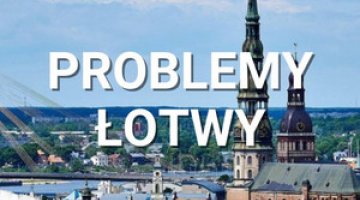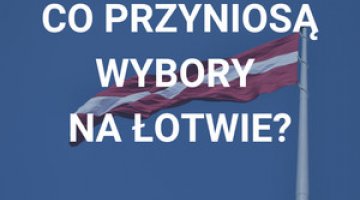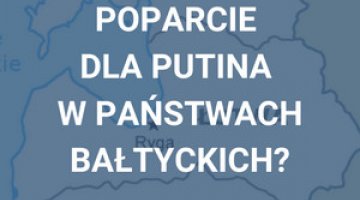Latvia: Valdis Dombrovskis has formed a government again
On 3 November, the Latvian parliament, which was elected at the beginning of October, approved the new government to be led by the previous prime minister, Valdis Dombrovskis.
The government coalition consists of: Unity, the centre-right party which won the most recent elections, and the centrist Union of Greens and Farmers. The continuation of the savings policy, which is aimed at stabilising the public finances and as a consequence enables Latvia to introduce the euro in 2014, will be a priority task for the new government.
The two parties of which the Dombrovskis-led government consists have 55 of the 100 seats in parliament. The far right (8 MPs), which could not join the coalition as a result of objection from some members of Unity and President Valdis Zatlers, also voted for the formation of the new government. Controversies over the possible admission of nationalists to the government and different approaches to possible co-operation with the Harmony Centre (33 seats), which is supported by the Russian minority, have revealed clear divides inside Unity, which will pose a great challenge to the coalition’s stability.
The first major test to the new government’s efficiency will be the preparation of the draft budget for 2011. According to its deal with the IMF and the European Commission, Latvia must keep its budget deficit next year at a level lower than 6% of GDP, which means the need to reduce expenses and increase revenues in total by approximately 500 million euros (i.e. almost 3% of GDP). <pas>





